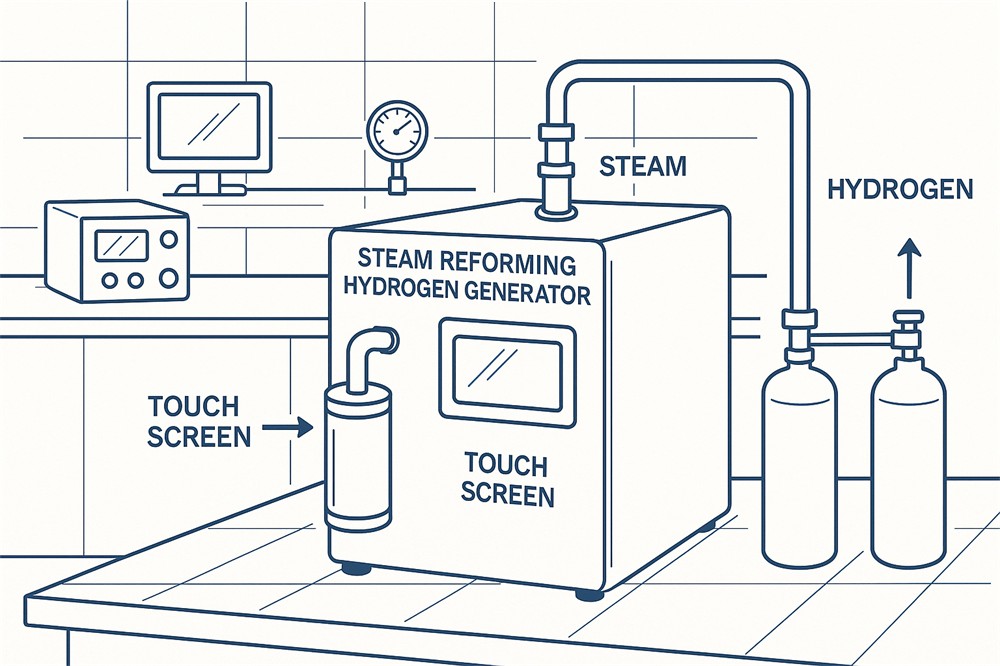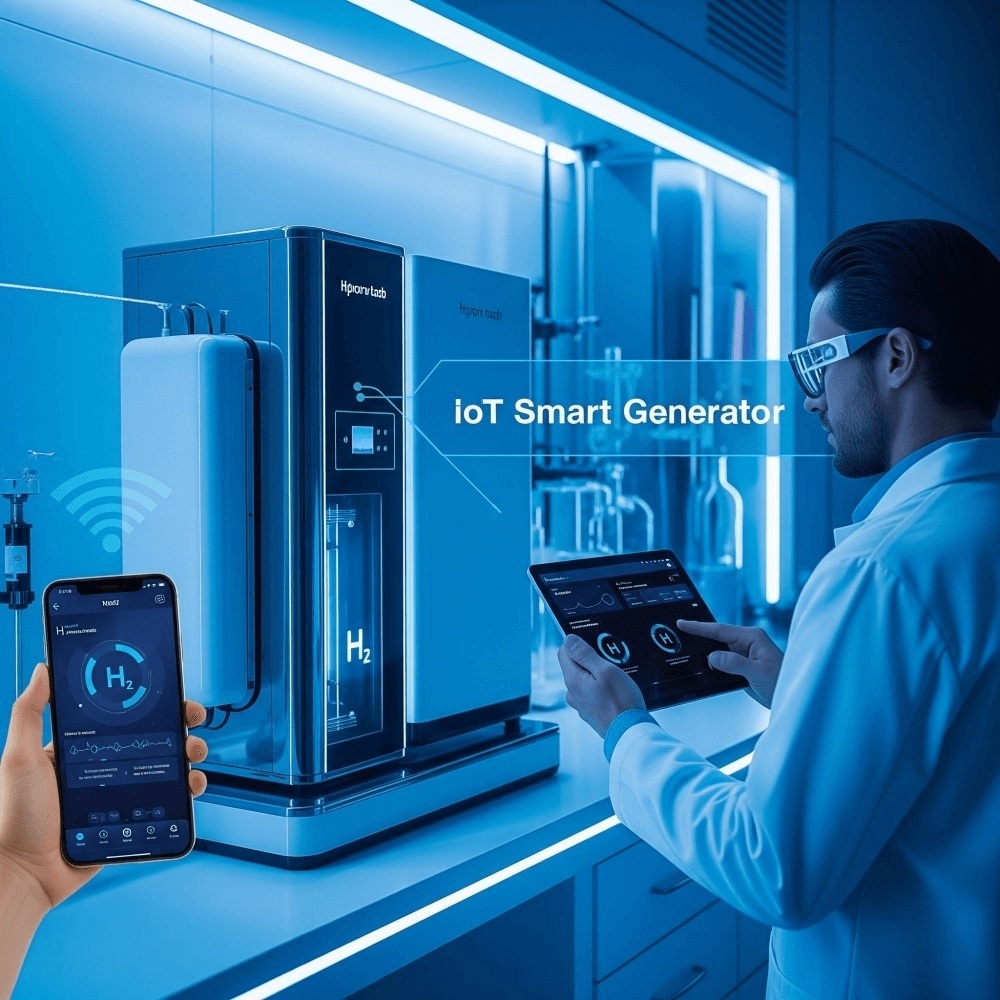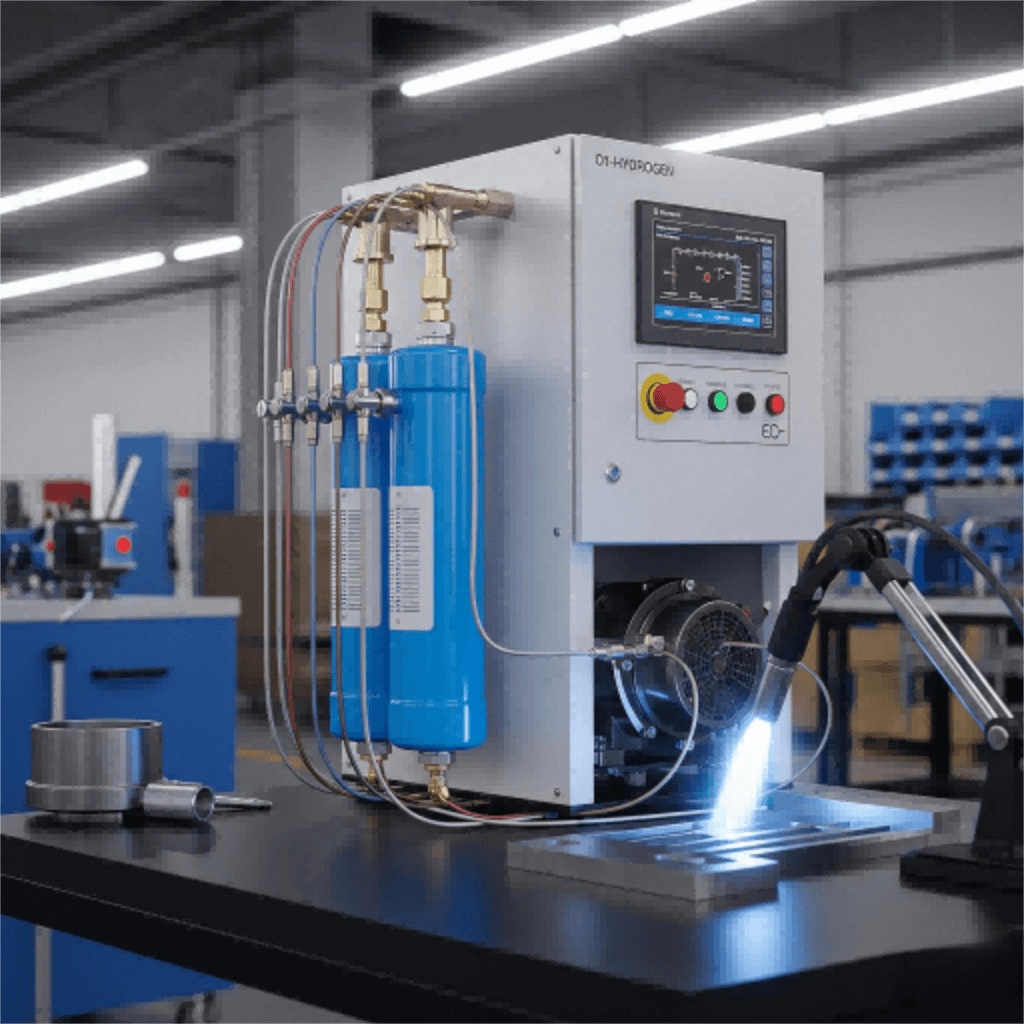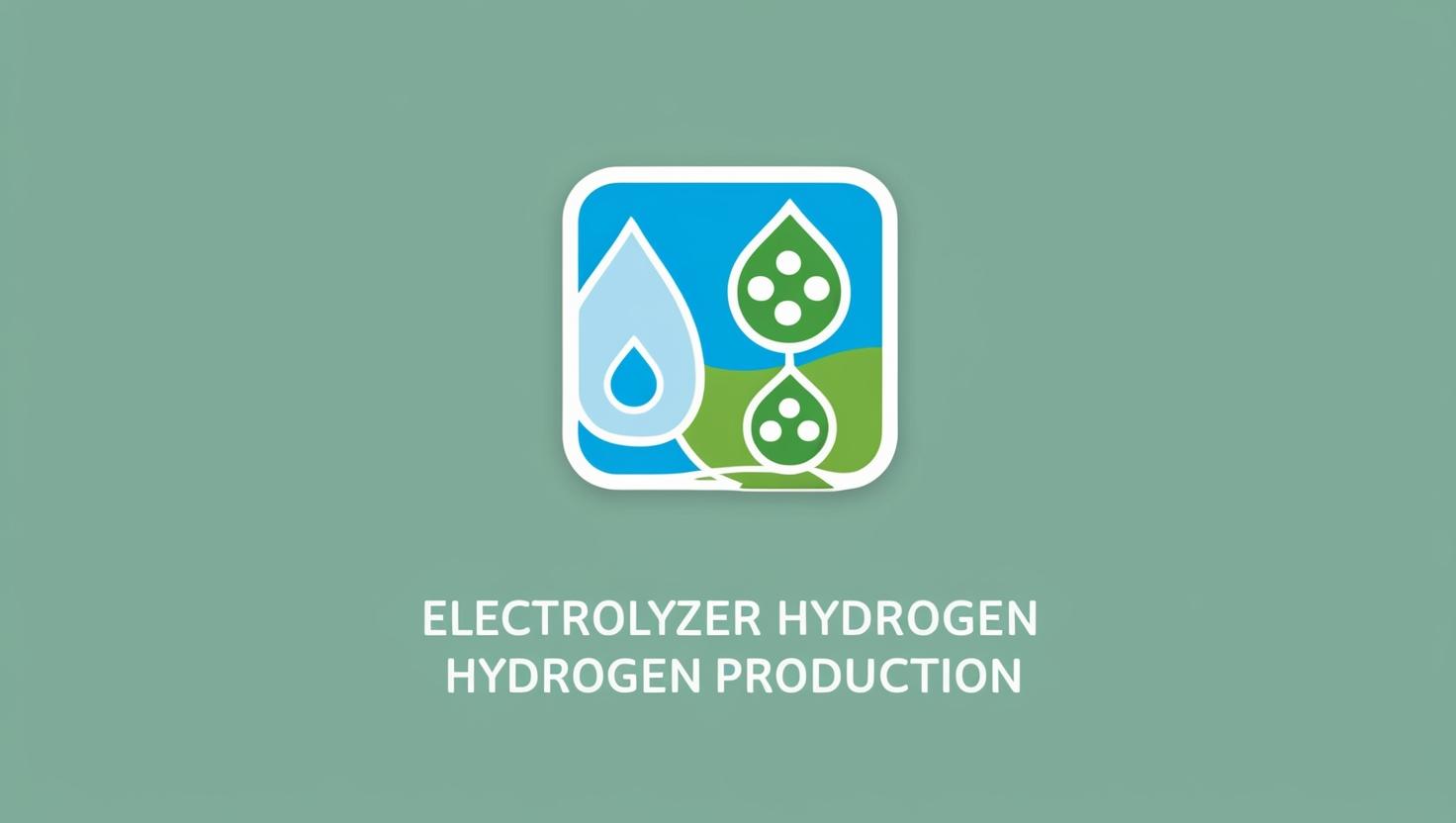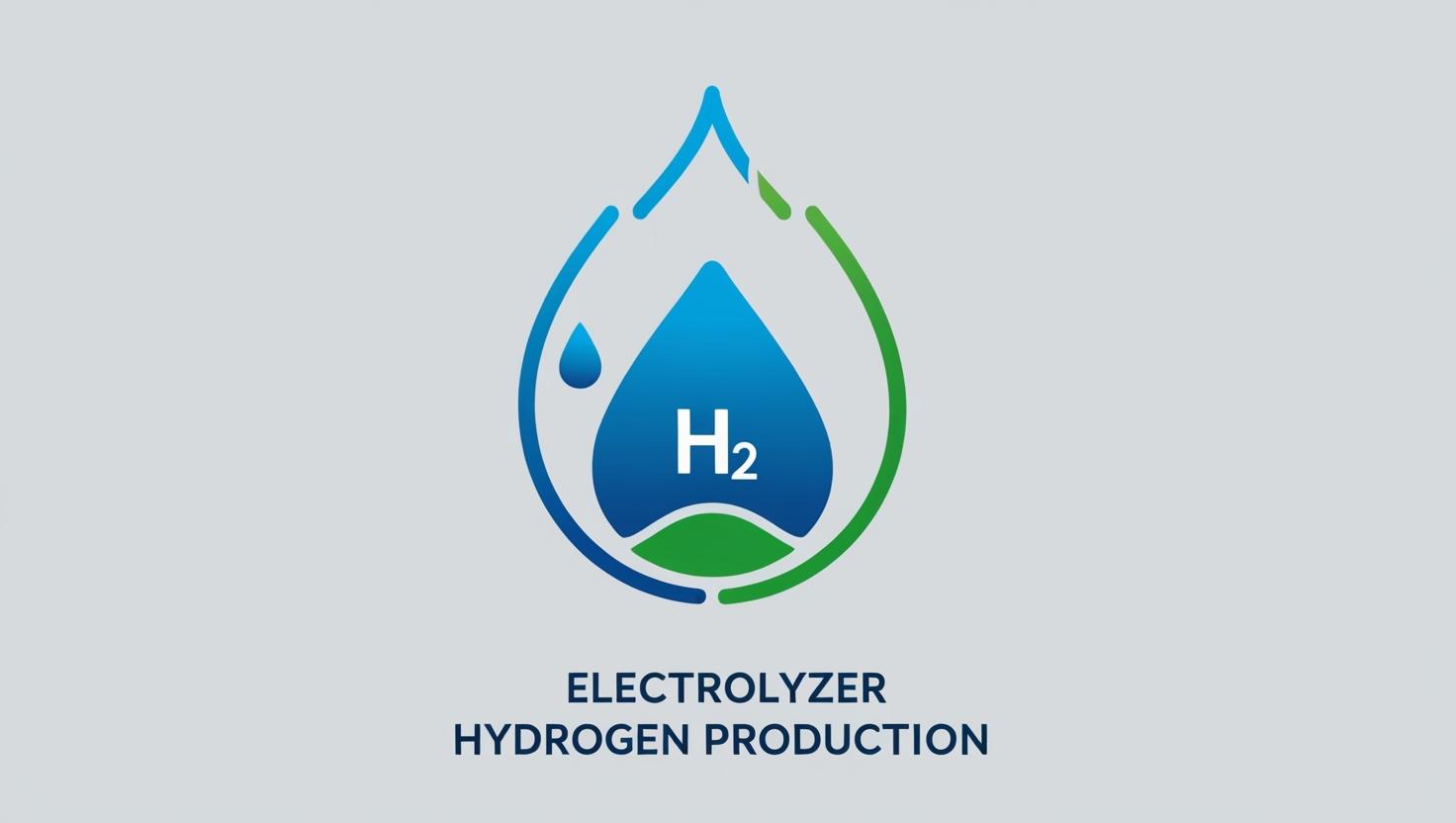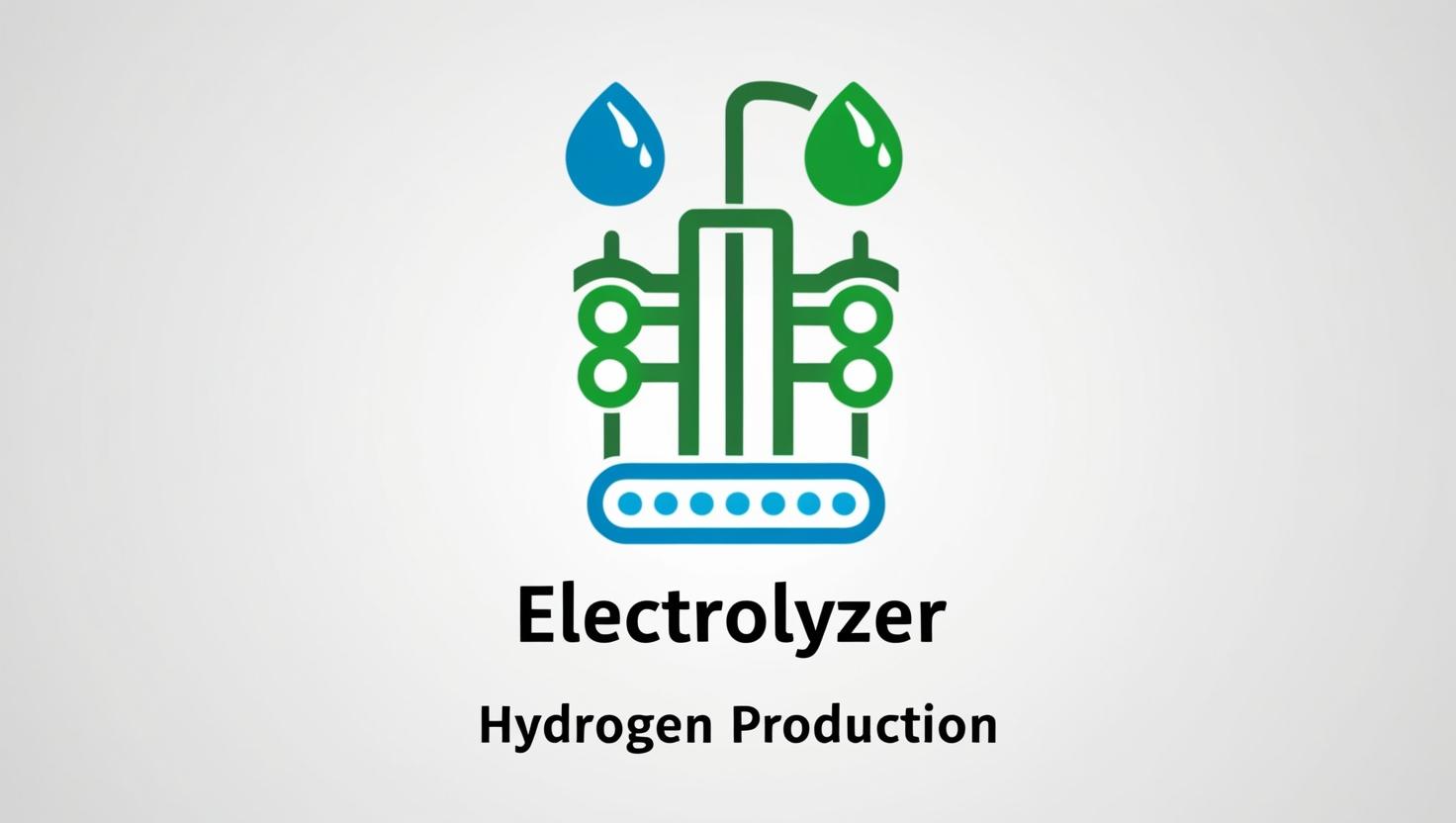Introduction: The Rise of Integrated PEM/SPE Hydrogen Power Systems
As industries around the world race toward net-zero goals, hydrogen energy is taking center stage—especially in B2B sectors where decarbonizing operations is a high priority.
From heavy manufacturing to logistics, businesses are increasingly looking to hydrogen to replace fossil fuels and stabilize energy costs.
At the heart of this hydrogen revolution are two cutting-edge technologies: Proton Exchange Membrane (PEM) and Solid Polymer Electrolyte (SPE) electrolyzers. Both enable clean, efficient hydrogen production through electrolysis—a process that splits water into hydrogen and oxygen using electricity.
Integration, in this context, refers to the strategic unification of various system components—electrolyzers, storage units, renewable energy inputs, and control systems—into a single, cohesive hydrogen power solution.
This approach enhances energy efficiency, reduces operational costs, and allows for greater scalability in industrial settings.
The benefits are tangible:
- Higher energy conversion efficiency
- Smaller operational footprints
- Modular and scalable deployment
- Optimized total cost of ownership (TCO)
Whether used for on-site hydrogen production, energy storage, or backup power, integrated PEM/SPE systems are becoming essential tools for businesses seeking clean energy solutions.
System Integration Approaches for PEM/SPE Hydrogen Power
Centralized vs. Decentralized Integration Models
- Centralized systems consolidate hydrogen production at a single site, ideal for large-scale industrial zones or hydrogen hubs.
- Decentralized models, on the other hand, allow for flexible, localized hydrogen generation—suitable for remote sites, mobile refueling, or distributed manufacturing units.
B2B Insight: Decentralized systems offer reduced transmission losses and greater autonomy, while centralized systems benefit from economies of scale.
Hybrid Integration: PEM/SPE and Renewable Energy
Pairing PEM/SPE systems with solar or wind energy can further decarbonize operations. By utilizing excess renewable power during off-peak hours, businesses can produce and store hydrogen cost-effectively.
- Example: Solar-powered electrolyzers producing hydrogen during daylight hours, stored for use during peak demand.
Modular Design for Scalability
Modular PEM/SPE units allow businesses to scale up or down depending on demand. This flexibility supports a wide range of applications, from pilot projects to full-scale industrial deployments.
Case Studies: Real-World B2B Integration
- Automotive Manufacturer: Integrated PEM system with solar arrays to fuel forklifts and reduce diesel use.
- Logistics Provider: On-site hydrogen production for FCEV truck fleet, cutting fuel costs and emissions by 40%.
Component Compatibility in Integrated PEM/SPE Systems
Electrolyzer Stack Integration
PEM and SPE stacks must be optimized for durability and high output, especially when operating under fluctuating power from renewables.
Power Electronics
Power inverters, DC-DC converters, and control units regulate energy flow between electrolyzers, grids, and storage systems, ensuring efficient operation.
Hydrogen Storage Solutions
Choosing the right storage type is critical:
| Storage Type | Best For |
|---|---|
| Compressed Gas | Quick refueling, mobility |
| Liquid Hydrogen | High-density storage, long-term use |
| Metal Hydrides | Safe, compact storage for small-medium systems |
Balance of Plant (BOP) Integration
BOP includes pumps, valves, sensors, and heat exchangers—all working together to maintain system stability and performance across diverse operating conditions.
Performance Optimization Strategies
Thermal Management
PEM/SPE systems perform best at stable temperatures (60–80°C). Thermal management systems regulate internal heat using:
- Coolant loops
- Heat exchangers
- Phase change materials (PCMs)
Water Management
Electrolysis demands high-purity, well-regulated water. Automated water feed systems and humidifiers are crucial to prevent membrane drying or flooding.
Gas Purification
Hydrogen purity matters—especially for industrial use. Advanced systems use:
- Pressure swing adsorption (PSA)
- Palladium membranes
- Catalytic recombiners
Real-Time Monitoring and Control
Modern systems use IoT sensors and AI algorithms to:
- Predict failures
- Optimize power input
- Balance load distribution
Continuing the article seamlessly from where we left off…
Applications of Integrated PEM/SPE Hydrogen Power Systems in B2B
On-site Hydrogen Production for Industrial Processes
Many manufacturing and processing industries—such as refineries, steel plants, and electronics fabrication—require a continuous supply of high-purity hydrogen. Integrated PEM/SPE systems enable these industries to:
- Eliminate reliance on third-party suppliers
- Lower transportation and compression costs
- Improve energy independence
By producing hydrogen on-site, companies can ensure a reliable and responsive supply, especially during peak production cycles.
Fuel Cell Electric Vehicle (FCEV) Refueling Stations
As the demand for hydrogen-powered commercial fleets increases, B2B operators are investing in integrated PEM/SPE systems to:
- Produce hydrogen locally
- Reduce refueling times
- Minimize carbon emissions across transport operations
Whether for trucking hubs, port logistics, or corporate car fleets, these systems offer a sustainable solution for fueling next-gen mobility.
Energy Storage for Renewable Energy Grids
One of the biggest challenges with renewable energy is intermittency. Integrated hydrogen systems allow excess solar or wind energy to be converted into hydrogen and stored for later use.
- Acts as a long-duration energy storage solution
- Smooths out supply fluctuations
- Enables grid balancing and load shifting
B2B utilities and renewable plant operators benefit from greater grid resilience and energy monetization opportunities.
Backup Power Solutions for Critical Infrastructure
In sectors where power reliability is crucial—like data centers, hospitals, and telecoms—integrated PEM/SPE systems serve as:
- Quiet, zero-emission backup power units
- Long-duration alternatives to diesel generators
- Rapid-start systems for sensitive equipment
They ensure uninterrupted operations and align with growing corporate sustainability goals.
Future Developments and Trends
Advances in PEM/SPE Electrolyzer Technology
Ongoing R&D is producing:
- Lower-cost catalyst materials (e.g., platinum-free catalysts)
- More durable membranes for longer lifecycle
- Higher current densities for faster hydrogen production
These innovations will further reduce CAPEX and OPEX for B2B adopters.
Integration with Smart Grids and IoT
Smart hydrogen systems are emerging that feature:
- Predictive maintenance via machine learning
- Real-time grid interaction
- Dynamic energy pricing adjustments
This makes integration with smart microgrids and industrial energy management systems seamless and data-driven.
Regulatory Landscape and Government Incentives
Governments worldwide are rolling out:
- Hydrogen subsidies and tax credits
- Carbon pricing mechanisms
- Clean energy mandates for industry
For example, the EU’s “Fit for 55” package and the U.S. Hydrogen Production Tax Credit (45V) are incentivizing hydrogen deployment across B2B sectors.
The Role of Integrated Systems in a Sustainable Future
Integrated PEM/SPE hydrogen systems will become:
- A cornerstone of industrial decarbonization
- Enablers of circular energy systems
- Key players in achieving Scope 1 and Scope 2 emission reductions
Hydrogen will not just supplement traditional power—it will transform how B2B energy ecosystems are designed and optimized.
FAQs on PEM/SPE Hydrogen Power System Integration
Q1: What’s the main difference between PEM and SPE electrolyzers? A: Technically, they refer to the same principle—both use solid polymer electrolytes. However, PEM is the more commonly used commercial term, while SPE is used more in scientific literature.
Q2: How long does it take to integrate a PEM/SPE system in an industrial facility? A: Depending on the size and complexity, integration can take from 3 to 12 months, including site preparation, system design, and commissioning.
Q3: Can PEM/SPE systems run entirely on renewable energy? A: Yes, these systems are designed to work seamlessly with solar, wind, or hydro inputs, though power conditioning units are essential to stabilize voltage.
Q4: What purity level of hydrogen is produced by PEM/SPE systems? A: Typically, PEM/SPE electrolyzers produce 99.99% pure hydrogen, which is suitable for most industrial and mobility applications.
Q5: What’s the lifespan of an integrated PEM/SPE hydrogen system? A: With regular maintenance, systems can last 10–15 years or more. Modern stacks are built for 40,000–80,000 operational hours.
Q6: Are there safety concerns with on-site hydrogen production? A: Integrated systems come with advanced safety protocols, including leak detection, ventilation, pressure relief valves, and emergency shutoff features. With proper installation and training, risks are minimal.
Conclusion
The integration of PEM/SPE hydrogen power systems offers a powerful solution to modern B2B energy challenges. With their modularity, efficiency, and compatibility with renewables, these systems enable industries to:
- Cut emissions
- Lower energy costs
- Increase operational resilience
As hydrogen technologies continue to evolve and regulations become more favorable, now is the time for forward-thinking businesses to invest in clean energy infrastructure.
📌 Actionable Next Step: If your organization is exploring energy independence or sustainable operations, consider evaluating integrated PEM/SPE hydrogen systems as part of your long-term strategic plan. Please Contact us for more information.

